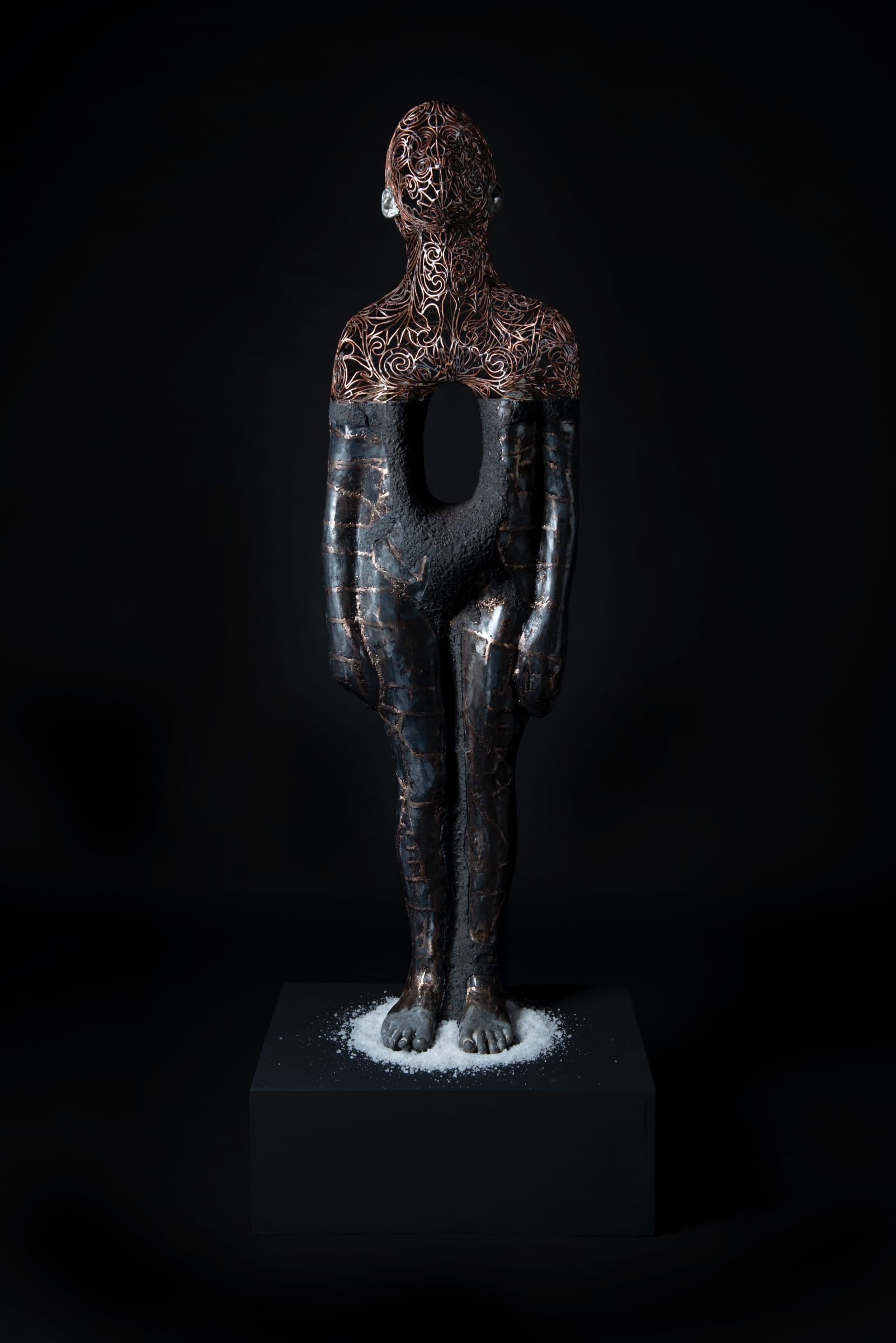THE INCIDENTAL: Courting chaos, complexity and disorientation A Workshop
I have had occasion in the past year to consider the design of A Workshop in view of the theme: ‘contingencies’ and the relationship that design has with the future and have consequently been reflecting on the working processes for recent projects. Two are shown here. Designed and constructed at the same time, Coral Street Studio in South Fremantle and The Viewing House on the escarpment in Greenmount are new work respectively unconnected and connected to existing structures. Both are outcomes of a process with clients working from a place where past histories and future aspirations are given intense consideration in the present. This informed my musings about designing with ‘the future’ in mind.
What is the future? How do we get there? Who lives there? How do we, or can we prepare for it, or design for it? My primary response to this provocation was to wander around the house saying: “what’s that taste in my mouth?” There had been an ad on the television between quarters during the previous football season proclaiming:
“Around the nation, people are asking: ‘What’s that taste in my mouth?” What’s that taste in your mouth? THE FUTURE. Carlton Natural Blonde Beer, full strength beer, low carbohydrates, nothing artificial and friends with robots. The beer of tomorrow brewed in time for today. Gentlemen, taste the future in your mouth.”
I found it really telling that I was drawn to this ad. Why? Was it that I was stoked to know that in the future we will wear lycra suits and bounce ritualistically in circles on fit balls? That we will get to wear great sunnies and can be reassured to know that, if nothing else, beer at least will be natural and that, happily, this naturalness will not alienate us from robots? Or was it the thought that while we intoxicate ourselves with this beer we will not run the risk of becoming obese? Or was it that we can have ‘it’ now, ‘the future’ right now, in our very own mouths. Happily, this ludicrous B-grade sci-fi irony ushered into my mind the thought that, basically, A Workshop approaches ‘the future’ in our work in the same way as this ad proposes: we taste it now. And further, we approach the present and understand the past in the same way: we taste the past and present now, as well.
A Workshop was established in 1998, and is a small design practice that incorporates architecture, landscape, graphics, theatre design and installation. As such, the practice sees design realized and utilized for a diverse range of clients via an eclectic range of media and art forms: drawings, choreography, performance; set and installation construction; images; words, text, poetry; and photography. Wehave also collaborated with others tointegrate several original sound and music scores, lighting design, and audiovisual design. Very often the strongest and most compelling connections made within these types of amalgamations have seemed incidental, or, born of chance: ‘happy accidents’ – as if we were tracing lines in all directions through time and space and collisions occurred, producing outcomes.
This idea of ‘multiple temporalities’ has been given interesting expression by curator and academic Nicolas Bourriaurd who sees it as a type of ‘nomadism: in space, in time and among the signs…’ In his curatorial essay for the Tate Britain’s 2007-9 Triennial, coins the term altermodern, explaining it as a ‘positive vision of chaos and complexity’ and a ‘positive experience of disorientation’.
He argues that it is a new modernism made possible at this point in history by a couple of key conditions: firstly, our increased capacity for global dialogue due to new technologies and secondly considerable global economic and geographic upheaval (due to the movements of displaced or migrating populations) around the world. Here are a couple of brief descriptions of works in the Tate’s Altermodern exhibition:
‘Simon Starling relocates a piece of furniture designed by Francis Bacon from one continent to another via radiowaves…Darren Almond teleports the bus shelters of Auschwitz into a gallery, photographs Chinese landscapes, or sets off to film the Great Wheel of Chernobyl frozen into immobility at the moment of nuclear disaster…Walead Beshty passes exposed film stock though airport X-ray scanners, or captures the cracks occurring in Perspex sculptures as they travel to exhibitions in Fedex boxes…(in) ‘Feature’ Shezad Dawood has made a film that juxtaposes elements lifted from the western and the ‘gore movie’ in a narrative framework where Samuel Beckett has a fresh encounter with Buster Keaton.
Is it such a long bow to draw to suggest that design processes with clients like those who now inhabit the Coral Street Studio and The Viewing House bear resemblance to these ‘altermodern’ expressions of time and space? When designing and building, space is imbued with the notion of ‘place’ and as such, has both metaphoric and physical dimensions; it exists both in the dreams and plans of clients and the pragmatic reality of construction. When ‘place’ and ‘home’ are one and the same, exploration of building types, theories, and the development of a shared language and understanding with clients takes place in quite an intimate forum. We could ‘cast’ the client as one of the key sources of design inspiration, and the architect as the aperture through which their desire is channelled and focused and humoured…forging amalgamations in which the incidental can loom large…..outcomes emerging from chaos and complexity with periods of disorientation. As our imaginations have traced lines in all directions in time and space, ‘answers’ or ‘renderings’ have been stumbled across. The unintended rubs shoulders constantly with that which is intensely and painstakingly contrived. Past, present and future are tasted now.
It’s a ride.
Paul Wakelam is Director of A Workshop, Design Co-ordinator at The School of Architecture, Landscape and Fine Arts, University of Western Australia, Founding member of Corpora (Hybrid Theatre) and was a member of the Glenn Murcutt International Master Class 2010.
March 21, 2019






